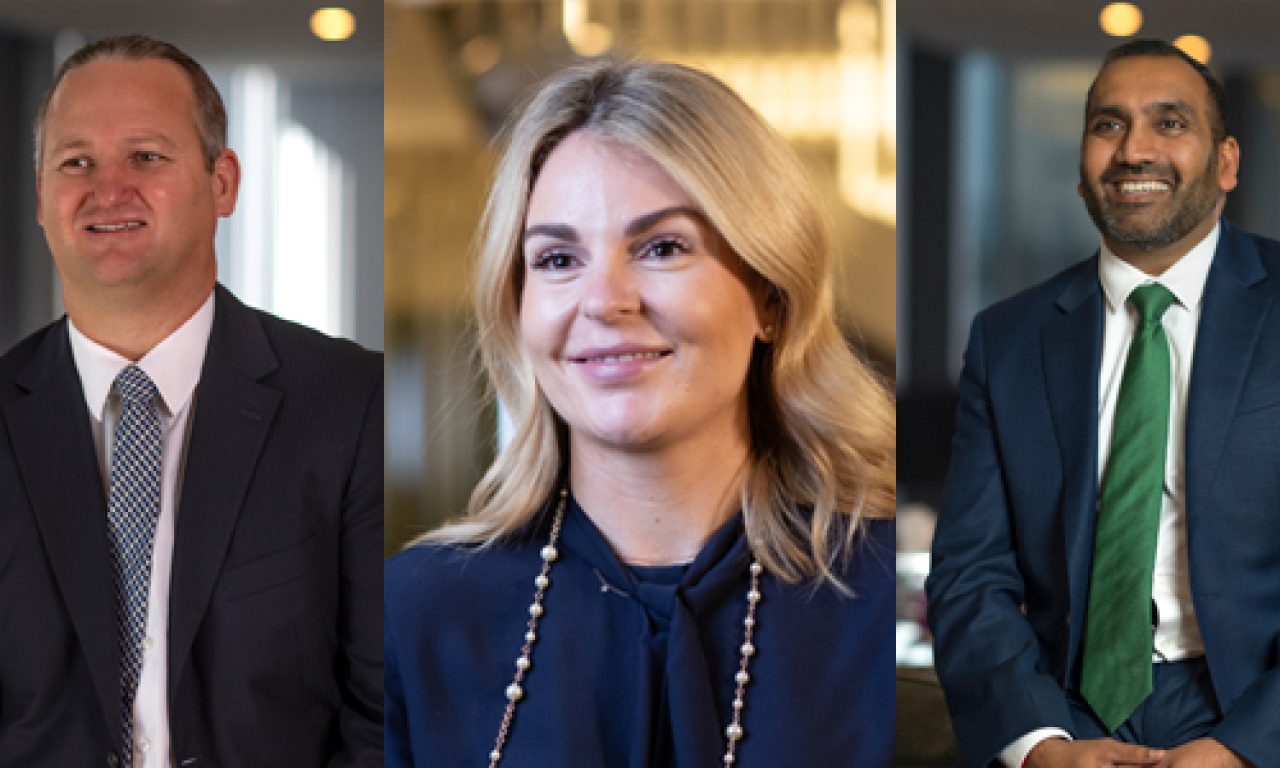by Greg Bright
It’s difficult for investment managers right now. Most equity markets are fully valued, as are fixed income markets. In the fixed income and credit markets, the outlook is challenging. How can you have negative interest rates? So, what does a fiduciary investor, such as a big super fund, do?
According to Mark Robertson, the London-based head of multi-strategy funds at Aviva Investors, the global asset management firm, perhaps the most important aspect in the current environment is how you think about risk. You need to avoid shocks and create a better risk/return portfolio for your clients. In the current environment, it’s about protecting on the downside and gaining as much as possible on the upside. It is a lot easier said than done though.
Robertson, who is in Australia this week visiting clients and their advisors, said that Aviva Investors’ multi-strategy’ target return fund for investors represented the “right product at the right time”. It is all about having a broad range of investment options when the markets are looking very fluid. You need more choices.
“Equity valuations are looking risky and credit spreads have also tightened,” he said. “Generally, what we look to do is have positive carry-based strategies combined with longer-term thematic and risk-premia based strategies. This means we don’t want to rely just on credit risk.” Aviva Investors delivered well in this difficult environment last year. It’s Australian-domiciled multi-strategy target return fund outperformed with a return of 12 per cent.
According to Divyesh Bhana, the Australian-based client solutions director for Aviva Investors, more and more investors are looking to take a “smart-beta” approach to their core investments and look to spend more of their fee budget on alpha-generating strategies, of which multi-strategy is “definitely a prime choice”.
A big thing for Aviva Investors in terms of its performance was the restructure of its investment platform in the second half of 2018, significant investment In the equities team, and the expansion of its own capabilities with the recruitment last year of Emma Halley as head of investment process for multi-asset and macro. She says her role is all about the garnishing and consolidation of ideas, which are particularly important for a multi-strategy manager. This has led to stronger collaboration and interaction between the investment teams.
An interesting aspect of the growth trajectory for multi-strategy funds is that they seem to be becoming more opportunistic. Mark Robertson says Aviva Investors tries to “look at things outside of the ordinary, where markets are not behaving as they have done historically”. He says the firm looks at big themes, such as the impact of technology on the world, and climate change. Aviva Investors is well known for its ESG credentials, particularly on corporate governance, integration of ESG factors into its investment processes and its work in pushing for market reforms.
Robertson says Aviva Investors’ big institutional clients tend to have longer-term horizons than other investors. Nevertheless, it’s a challenge for both the investors and their managers to retain that focus in a world where everyone is often measured on their performance on a relatively short-term basis. Human beings are not perfect.
Aviva Investors’ multi-strategy target return fund aims to produce to its investors a return of the cash rate plus 5 per cent, with a volatility which is about 50 per cent less than the volatility of the global share market. “We approach our portfolios from a risk perspective and assess how that will drive returns,” Robertson says. Notwithstanding the firm’s quantitative capabilities, it is “at its heart” a fundamental, discretionary based manager, he says. The multi-strategy approach is based on rigorous portfolio construction and finding the best ideas. These ideas are not easily come by.
After a great 2019, Robertson is happy to see that the target return portfolio is up 1 per cent already in 2020. “There are a lot of good things we’ve done to strengthen our process,” he says. But of course, as we all know, he says: past performance is not necessarily a guide to future performance.
– G.B.
Note: Aviva Investors is a sponsor of Investor Strategy News. However, the views expressed here are those of the author and not necessarily those of Aviva Investors.

